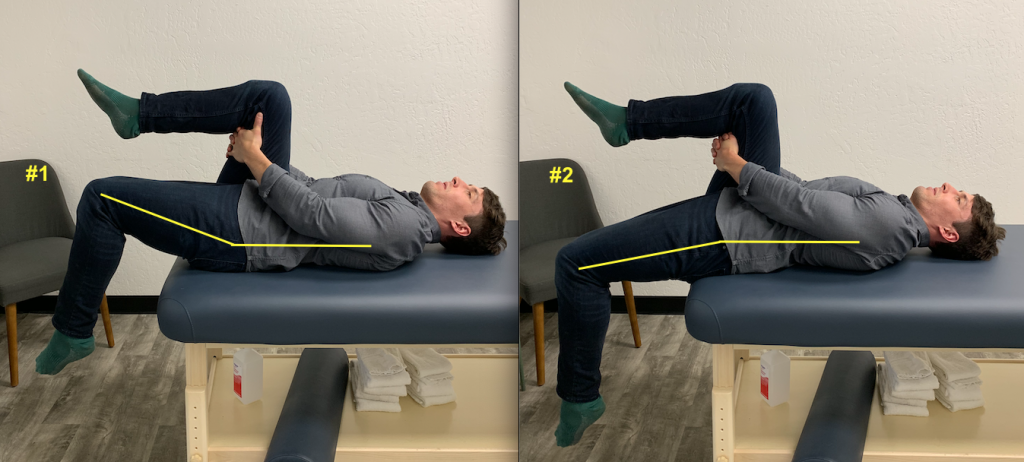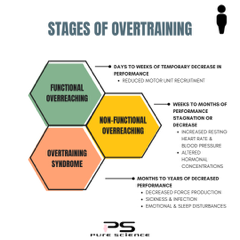Swing Freely: How Hip Mobility Enhances Your Padel Game
Posted on November 2nd, 2023 by Andries Lodder
By: Gcina Gumede
How well our hips move during a game of padel is something a majority of us do not think about. With Padel growing exponentially around the world it is important to know what factors may be limiting to your games potential and what may put you at risk of injuring yourself. Poor hip mobility could be one of these things for you.
Padel is a multidirectional sport that requires a lot of short bursts of acceleration and slowing down, pivoting, and twisting. Having good hip mobility allows you to meet the demands of this game slightly easier. The importance of maintaining excellent hip mobility in padel cannot be overstated for several compelling reasons.
These are some of the notable benefits of having healthy and mobile hips:
- Range of Motion (ROM): Adequate hip mobility allows athletes to achieve a full range of motion in their lower body movements. This is critical for when you are lunging for a shot, back paddling or shuffling across the court. A greater ROM enables more efficient and powerful movements.
- Power Generation: Hip mobility is directly linked to the ability to generate power and explosiveness. Many athletic movements, such as sprinting, jumping, and changing direction, rely on the hips as the primary power source. Well-mobilised hips enable us to generate more force.
- Balance and Stability: Good hip mobility contributes to balance and stability. We can maintain our balance better when their hips can move freely and independently. This is particularly important in sports where balance and stability are crucial, such as padel.
- Injury Prevention: Limited hip mobility can lead to compensatory movements, which can place excessive stress on other joints and muscles. This can increase the risk of overuse injuries, such as knee or lower back pain. Proper hip mobility helps distribute the load more evenly and reduce the risk of injury.
- Agility and Speed: Hip mobility is vital for agility and speed. Athletes need to change direction quickly, pivot, and make lateral movements. Adequate hip mobility allows them to do these movements with ease, making them more effective and responsive in their sport.
- Muscle Balance: Good hip mobility helps maintain muscle balance. When the hips are mobile and functional, it prevents the dominance of certain muscle groups over others. Muscle imbalances can lead to poor posture and performance issues.
- Technique and Form: In many sports, proper technique and form are key to success. Athletes with good hip mobility are better able to maintain the correct body positions and perform movements with precision
Furthermore, the body is a kinetic chain and weakness at one point can force other parts of the chain to compensate for that weakness. With the demands of padel you put your lower back at risk of injury because you end up rotating with your back when your hips are supposed to be doing the rotation. You may also put yourself at risk of injuring your shoulder if you have poor hip mobility. Over reaching for a shot that puts your arm in a vulnerable position may lead to a rotator cuff tear of even a dislocation.
How to know whether you have limited hip mobility or not:
Sit on the edge of a high bed a surface. While sitting on the edge grab one knee and pull it towards your chest. Fall backwards and lay on the bed. If your opposite leg hangs above the bed line when it is completely relaxed, then that is an indication of tight hip flexors which limits hip mobility.

Also in this same position. Position your leg at the 6 hour position, rotate your leg clockwise and then anticlockwise. The aim is to reach at least 5:30 and 6:30, respectively. If you struggle to get pass these point, it may be an indication of hindered hip mobility.
How can you improve you hip mobility?
Treatment includes regular stretch of the gluteal, groin and upper leg regions. Strength training (see our Instagram post) around the same regions is also important as it will assist in active range of motions of the hip.
These are some corrective stretches that can be performed:

Knee Hugs.

Figure of 4.

Quadricep Stretch

Hamstring wall stretch.

Groin Stretch


90/90 hip rotation.
These stretches should be performed on a regular basis, preferably before playing a game of Padel and also afterwards. This will ensure that the hips are loose enough to perform at your best.
In conclusion, the dynamic world of padel demands players to be at the pinnacle of their physical abilities, and having supple, robust hips emerges as a cornerstone for success. Succeeding at this exciting sport is paved with the myriad benefits of hip mobility, from enhanced power and precision in your swings to a reduced risk of injuries. So, as you step onto the court, remember that your hips are not just a physical pivot but a key to unlocking your full potential in the thrilling game of padel. Embrace your mobile hips, and let them be your faithful companions on your quest for padel greatness.
Please feel free to contact us on social media or on our website.











